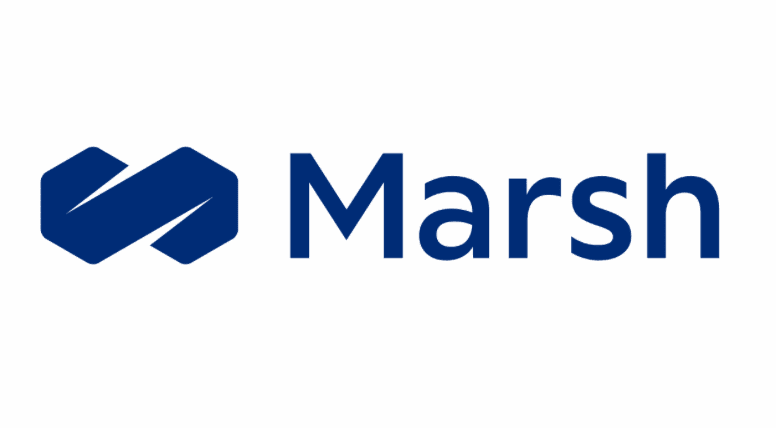Marsh looks to capital market alternatives as US property rates accelerate

Broking giant Marsh has noted that capacity is increasingly an issue and alongside losses this has served to drive US property insurance rate increases higher in the first-quarter of 2023.
Because of this, Marsh is exploring alternatives for its clients, including the use of capital markets sources of capacity, the broker explained.
The issue is particularly acute in the United States it seems, where property insurance rate increases accelerated to 17% in Q1.
That’s much higher than the 11% US property insurance rates rose by on average in the final quarter of last year.
Citing losses and tightening capacity as key drivers for property rates globally, there is also a continued concern among insurers about the impact of inflation on asset values and claims costs, Marsh said.
In the US, total insured values at renewal increased by 9%, on average, in the first-quarter of this year, according to Marsh data.
Lucy Clarke, President, Marsh Specialty and Global Placement at Marsh, commented that, “Continued loss activity in property lines, and an increase in the cost of reinsurance and capital, combined with scarcity in certain lines, means that clients continue to face challenging market conditions.”
She further explained that, “To help our clients address these issues, we continue to explore ways to bring new capacity to lines where it is most needed, as well as examining captive solutions and capital market alternatives.”
Of course, Marsh already has the Alternus facility, that automates the deployment of alternative capital from ILS manager Nephila via certain property business segments it underwrites.
Alternus was launched in 2017 and executives at Marsh said at the time that, eventually, the facility could provide capital markets capacity to support almost every property account that flows through the broker.
It’s unclear how much participation Alternus, and as a result Nephila-sourced capacity, has had in primary property business via Marsh to-date.
But it seems these types of mechanisms, for tapping into the capital markets more directly, are set to become increasingly important, as US property insurance rates continue to harden, carriers pull-back as we’ve been reporting, and while reinsurance pricing also remains hard.
Efficient capital with an appetite for catastrophe risk is becoming critical to maintain insurability, although this will not be at any cost. Hence risk commensurate rates are required, meaning the cost-of-capital needs to be lowered through more direct access to capital in order to help affordability, something these kinds of initiatives can assist with.






